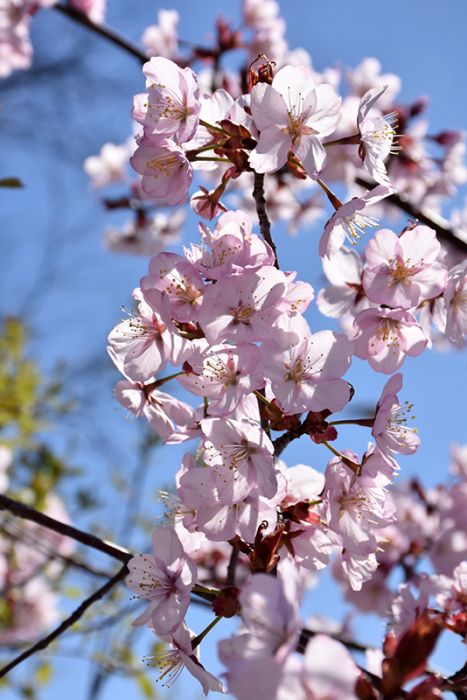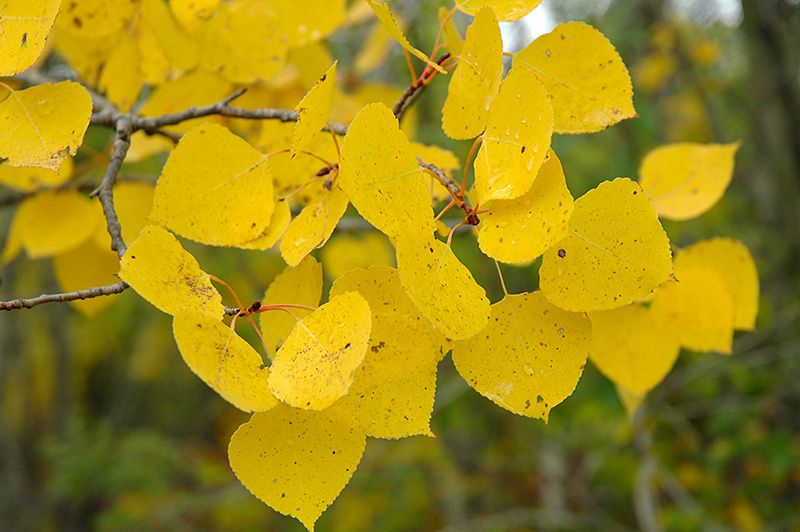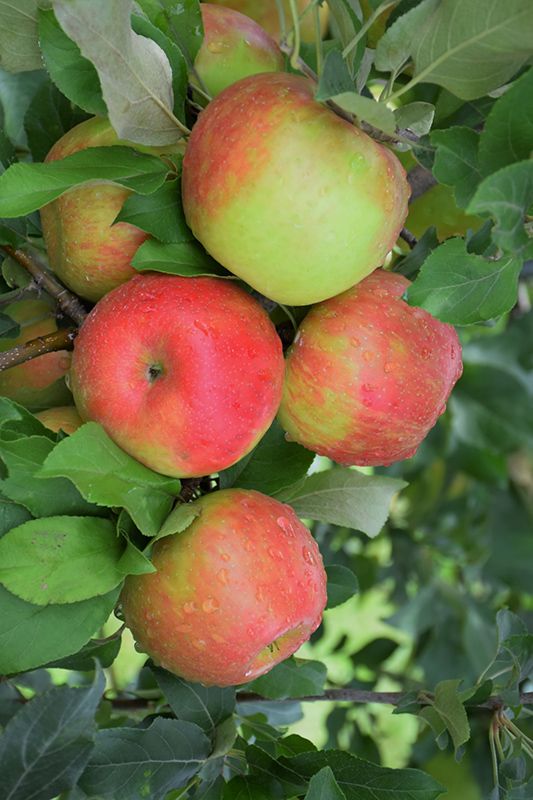Prunus, Cherry Flowering 'Spring Wonder™'



Out of stock
Coming soon, still growing- Sun Preference
- Full-Sun
Description
A profusion of pink flowers covers the tree in spring. Dark green foliage is accented by reddish brown bark. Produces little to no fruit. Yellow to red fall color.
Minnesota's Largest Selection of Trees
At Minnesota's Destination Garden Center, we offer a diverse range of trees to suit any landscaping need. Whether you're looking for shade trees to cool your home or ornamental trees to add beauty and interest, you'll find the perfect tree at Gertens. Our knowledgeable staff can help you select the right tree for your space and provide tips for care and maintenance. Visit Gertens today and explore the unmatched variety of trees to enhance your outdoor environment!
Details
First Editions® Spring Wonder™ Flowering Cherry | Prunus sargentii 'Hokkaido Normandale'
Height: 25 feet
Spread: 20 feet
Sunlight: full sun
Hardiness Zone: 4a
Brand: First Editions
Description:
Probably the hardiest pink-flowering cherry tree, with a stunning display of pink flowers in early spring before the leaves; its upright vase habit, ornamental glossy reddish-brown bark, and good fall color make this a great accent tree on the landscape
Ornamental Features
First Editions® Spring Wonder™ Flowering Cherry is draped in stunning clusters of fragrant pink flowers along the branches in early spring, which emerge from distinctive rose flower buds before the leaves. It has attractive dark green deciduous foliage which emerges purple in spring. The glossy oval leaves are highly ornamental and turn an outstanding brick red in the fall. The fruits are showy black drupes displayed in mid summer. The smooth brick red bark adds an interesting dimension to the landscape.
Landscape Attributes
First Editions® Spring Wonder™ Flowering Cherry is a deciduous tree with a more or less rounded form. Its average texture blends into the landscape, but can be balanced by one or two finer or coarser trees or shrubs for an effective composition.
This is a relatively low maintenance tree, and is best pruned in late winter once the threat of extreme cold has passed. It is a good choice for attracting birds to your yard. It has no significant negative characteristics.
First Editions® Spring Wonder™ Flowering Cherry is recommended for the following landscape applications;
- Accent
- Shade
Planting & Growing
First Editions® Spring Wonder™ Flowering Cherry will grow to be about 25 feet tall at maturity, with a spread of 20 feet. It has a low canopy with a typical clearance of 3 feet from the ground, and is suitable for planting under power lines. It grows at a medium rate, and under ideal conditions can be expected to live for 50 years or more.
This tree should only be grown in full sunlight. It does best in average to evenly moist conditions, but will not tolerate standing water. It is not particular as to soil type or pH. It is somewhat tolerant of urban pollution. This is a selected variety of a species not originally from North America.
More Information
| Tree Type | Shade & Ornamental |
|---|---|
| Sun Preference | Full-Sun |
| Mature Height (Range) | 15 - 25 feet |
| USDA Hardiness Zone | 4, 5, 6, 7, 8 |
| Common Family Name | Cherry |






